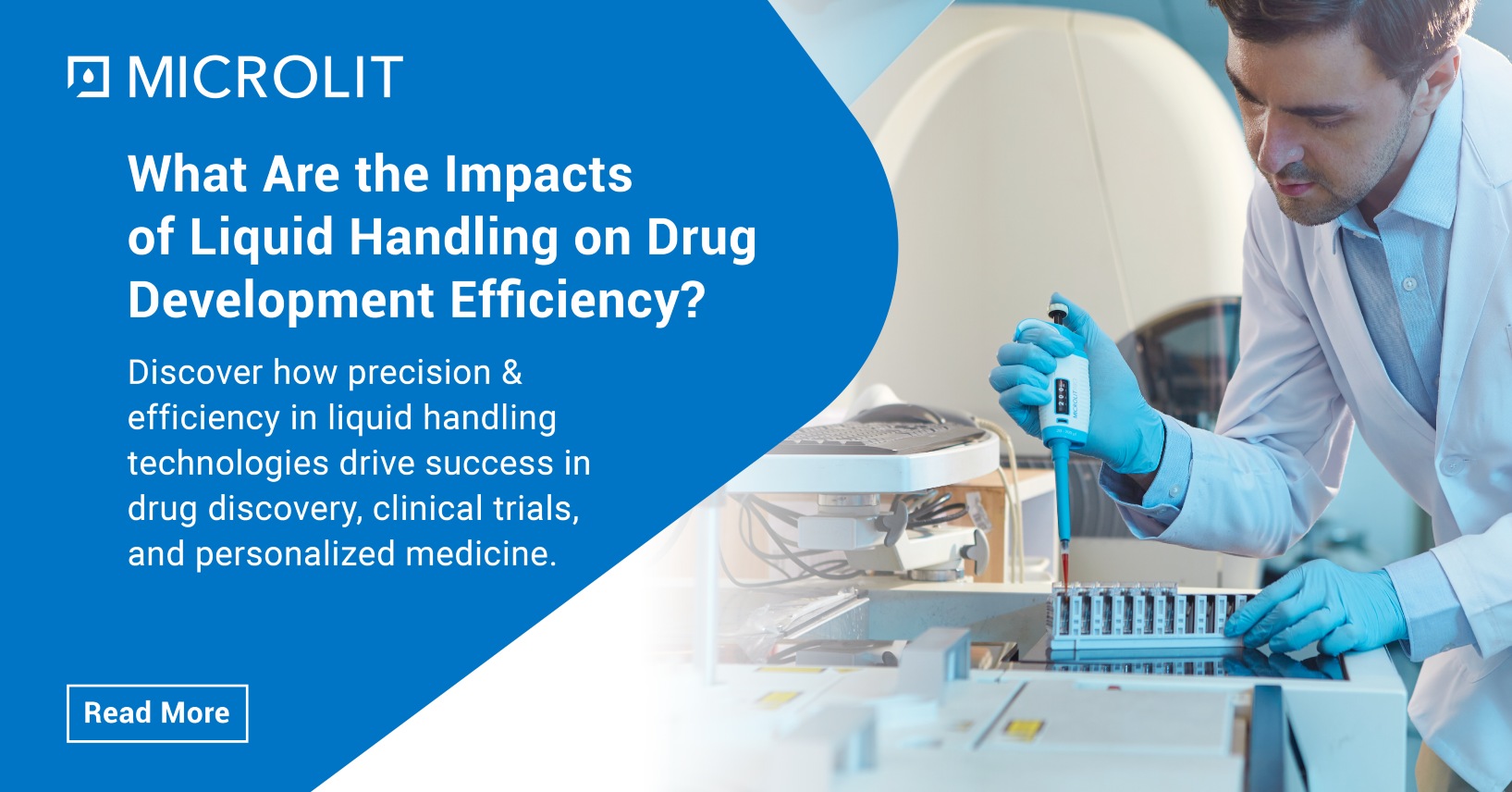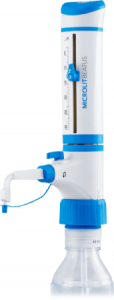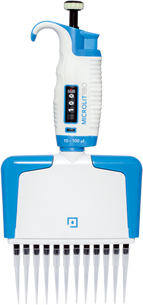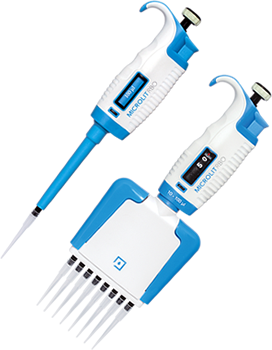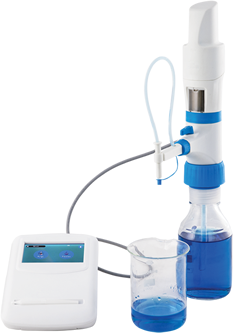In the pharmaceutical industry, liquid handling instruments play a pivotal role in improving the efficiency, accuracy, and reproducibility of drug development processes. From drug discovery to high-throughput screening (HTS) and clinical trials, the ability to manage precise volumes of liquids is fundamental to successful drug research and production. The integration of advanced liquid handling technologies has accelerated drug development timelines, reduced costs, and minimized human error, ultimately enhancing the efficiency of the entire process.
In this blog, we’ll dive deep into how liquid handling instruments impact drug development efficiency, explore the various types of instruments used, and explain their importance in maintaining accuracy and speed across different stages of drug development.
The Role of Liquid Handling in Drug Development
The drug development process consists of several stages, each of which involves handling multiple reagents, cells, enzymes, and compounds in liquid form. Liquid handling is used in:
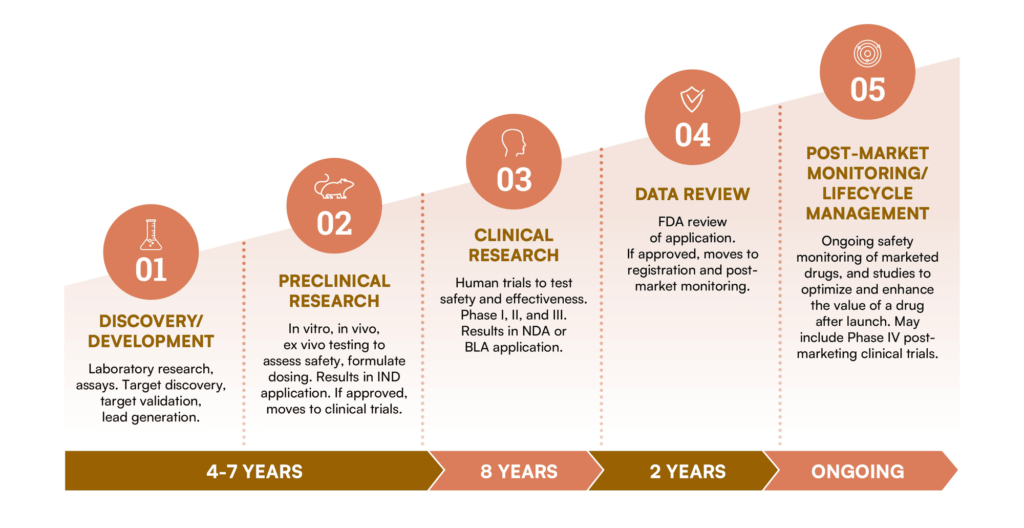
- Drug Discovery/Development: In this initial phase, researchers identify potential drug candidates by screening vast libraries of compounds to find those that interact with a biological target, such as a protein or gene linked to a disease. Techniques like high-throughput screening (HTS), which can test thousands of compounds at once, are commonly used here.
Liquid handling role: Automated liquid handling systems are essential for preparing and dispensing the thousands of small-volume samples required in HTS, greatly speeding up the discovery process.
- Preclinical Research: Promising drug candidates move into preclinical testing to assess their safety and efficacy before human trials. This involves both in vitro (in the lab, on cell cultures) and in vivo (in animal models) studies. Researchers examine how the drug interacts with the biological target, its potential toxicity, and how it behaves in the body (pharmacokinetics).
Liquid handling role: Precision in delivering doses and preparing biological samples is critical during this phase, ensuring accurate and reproducible results across experiments.
- Clinical Trials/Research (Phases I-III):
- Phase I: A small group of healthy volunteers receives the drug to assess its safety, dosage range, and side effects.
- Phase II: This stage involves more participants with the targeted condition, focusing on the drug’s efficacy and further evaluating safety.
- Phase III: The drug is tested on a much larger group of patients, comparing its effectiveness against existing treatments. This phase collects comprehensive data to assess the drug’s overall risk-benefit profile.
Liquid handling role: Throughout clinical trials, accurate preparation of drug doses, sample handling, and analysis of biological specimens are critical. Liquid handling instruments ensure consistent sample processing and help maintain the reliability of trial results.
- Data Review: After successful clinical trials, a company compiles all research data and submits a New Drug Application (NDA) or Biologics License Application (BLA) to regulatory bodies like the FDA. These authorities thoroughly review the drug’s safety, efficacy, and manufacturing quality before approving it for public use.
Liquid handling role: Accurate, reproducible data from liquid handling systems are often crucial in meeting the rigorous documentation and quality control standards required for regulatory approval.
- Post-Market Monitoring:After the drug is available to the public, post-market studies continue to monitor its safety and long-term effectiveness. This phase (also known as Phase IV clinical trials) identifies any rare or long-term side effects that weren’t apparent during earlier testing.
Liquid handling role: Accurate sample handling and analysis are necessary for ongoing pharmacovigilance, helping to ensure the continued safety of the drug in widespread use.
The accuracy and precision of liquid handling instruments directly influence the reproducibility of results, which is crucial for ensuring drug efficacy and safety.
Impact of Liquid Handling Instruments in Drug Development
-
Manual Pipettes
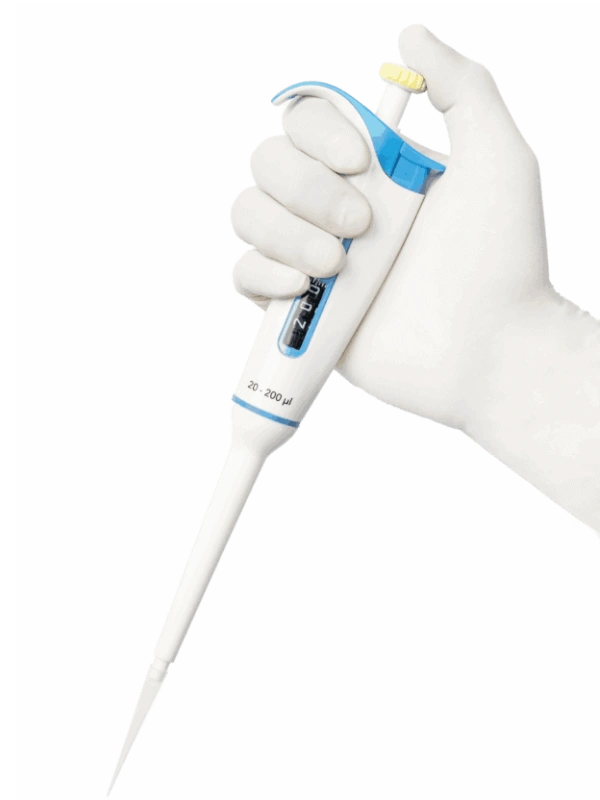
Types: Variable Volume Single & Multi Channel pipettes.
Impact: Manual pipettes are frequently used in small-scale experiments where flexibility and low sample volume handling are required. They offer a high level of control for precise measurements but may introduce variability due to operator error or fatigue, affecting the consistency of results.
-
Automated Liquid Handling Systems
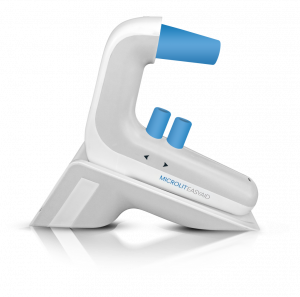
Types: Robotic pipetting systems, liquid dispensers, and microplate handlers.
Impact: Automation reduces manual intervention, allowing for high-throughput screening and handling of large sample volumes with minimal error. Automated Pipetting systems significantly improve speed and consistency, especially in repetitive tasks like HTS, where thousands of compounds need to be processed. By reducing human error and improving throughput, automated systems greatly enhance the efficiency of the drug discovery phase.
-
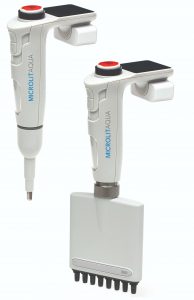 Electronic Pipettes
Electronic Pipettes
Impact: Electronic pipettes bridge the gap between manual and automated systems. They reduce user strain and variability while increasing accuracy. By automating specific steps in pipetting, electronic pipettes can be programmed for repetitive tasks, which speeds up the workflow.
-
Bottle-top Dispensers
Impact: Bottle Top Dispensers are particularly useful during the formulation stage when handling large volumes of reagents or solvents. The precise dispensing of bulk liquids reduces waste and ensures consistent reagent concentration, which is critical for scaling up drug production.
-
Microplate Readers and Washers
Impact: In HTS, microplates are used to test multiple drug compounds simultaneously. Microplate washers and readers ensure efficient processing of these plates, speeding up the workflow and maintaining consistent quality in assays. The use of these instruments increases the speed of data collection and analysis, thus facilitating faster decision-making.
Liquid handling instruments have revolutionized drug development by improving accuracy, speed, and reproducibility in laboratory workflows. From manual pipettes used in small-scale experiments to fully automated systems that process thousands of samples at once, these instruments play a critical role in enhancing drug development efficiency. By increasing throughput, minimizing human error, improving precision, and saving costs, liquid handling technologies help pharmaceutical companies bring safe and effective drugs to market faster.
The impact of liquid handling systems on drug development efficiency cannot be overstated. As the industry continues to advance, the integration of even more sophisticated liquid handling technologies will be key to overcoming new challenges in drug discovery and production, ultimately benefiting both researchers and patients alike.
Microlit provides a comprehensive selection of precision liquid handling instruments tailored to optimize protein purification and analysis. Our range includes highly accurate pipettes, dependable burettes, and efficient dispensers, all designed to deliver consistency and precision throughout every stage of the process. Engineered to meet the rigorous demands of protein analysis, Microlit instruments enable researchers to obtain reliable results and enhance workflow efficiency. For more information about our products, contact us at info-usa@microlit.com or explore our offerings at www.microlit.us/shop.






 865
865